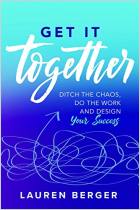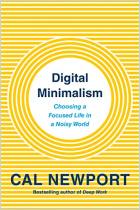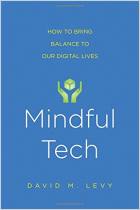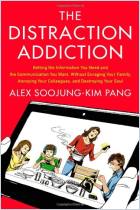Зарегистрируйтесь на getAbstract, чтобы получить доступ к этому краткому изложению.

Зарегистрируйтесь на getAbstract, чтобы получить доступ к этому краткому изложению.
Nir Eyal
Indistractable
How to Control Your Attention and Choose Your Life
BenBella, 2019
Что внутри?
Learn how to identify and defeat the distractions that pull you away from the life you want.
Recommendation
Lecturer and investor Nir Eyal’s debut book, Hooked, taught technologists how to build addictive products. He now offers strategies to consumers of those very devices, as well as apps to help them regain control of their time and attention. Eyal explains how susceptibility to distraction emerges from psychological discomfort, and he provides techniques to manage it. He suggests ways to reduce external distractions and explains how individuals can “precommit” to behaviors that make them less distractable. His tips will help anyone who is struggling to focus in a world that constantly diverts attention.
Summary
About the Author
Lecturer and investor Nir Eyal, the author of Hooked: How to Build Habit-Forming Products, has taught at Stanford’s Graduate School of Business and the Hasso Plattner Institute.




















Comment on this summary